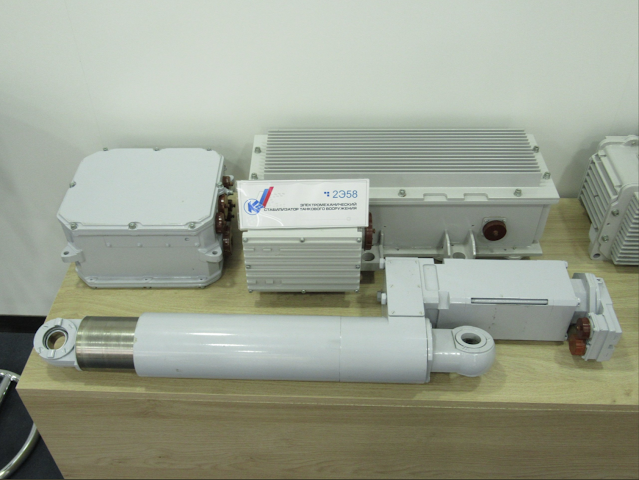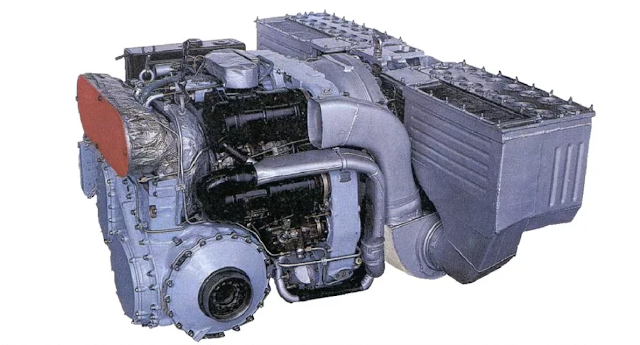2E58 tank stabilizer
The majority of the remaining Soviet MBTs in the Russian Army featured different 2-Plane stabilizers. Ranging from the 2E42-2 "Jasmin" on the T-72B to the 2E42-4 "Jasmin" being mounted on later modernization programs of the T-72B, like the T-72BA and T-72B2 "Rogatka-2". Additionally, the 2E42-4 is also mounted on several T-90 variants ranging from the T-90 Obr.1992 being the baseline variant to the more modern T-90A.
While the 2E42-4 was more modern than its predecessor, the 2E42-2, it still did not improve the guidance speeds for both horizontal and vertical axes. These speeds still remained the same; 3.0°/sec vertical elevation speed and 16°/sec-24°/sec horizontal guidance speed. (2E42-4 documentation)
While the 2E42-4 was more modern than its predecessor, the 2E42-2, it still did not improve the guidance speeds for both horizontal and vertical axes. These speeds still remained the same; 3.0°/sec vertical elevation speed and 16°/sec-24°/sec horizontal guidance speed. (2E42-4 documentation)
By the late 2000s, the 2E42-4 was dated and was no longer able to perform that well in comparison with NATO stabilizers, which would outperform it.
This forced Russia to start developing a new stabilizer, instead of using the conventional type of previously developed stabilizers based on hydraulic drives. This resulted in VNII 'Signal' opting into a new drive type, an electromechanical stabilizer based on electric valve drives.
This forced Russia to start developing a new stabilizer, instead of using the conventional type of previously developed stabilizers based on hydraulic drives. This resulted in VNII 'Signal' opting into a new drive type, an electromechanical stabilizer based on electric valve drives.
 |
| 2E58 stabilizer module |
In 2015, the stabilizer was shown at a military expo in Russia. Presented as a new stabilizer, the 2E58 would be mounted on modernized T-72 and T-90 tanks but also be used on newly developed vehicles.
This new type of stabilizer would offer better overall performance when comparing it to older-generation stabilizers like the 2E42-2 and 2E42-4;
- Longer operation lifetime
- The lack of lightly flammable liquids under high pressure
- Easier service
- Lower energy consumption while remaining stationary
According to the advertisement video provided by VNII Signal, the new stabilizer exceeds the previously known 16°/sec-24°/sec horizontal guidance speed of the 2E42-4 by almost 2x times, which results in horizontal guidance speed of 40°/sec, while also improving on the vertical elevation speed.
References:




Comments
Post a Comment